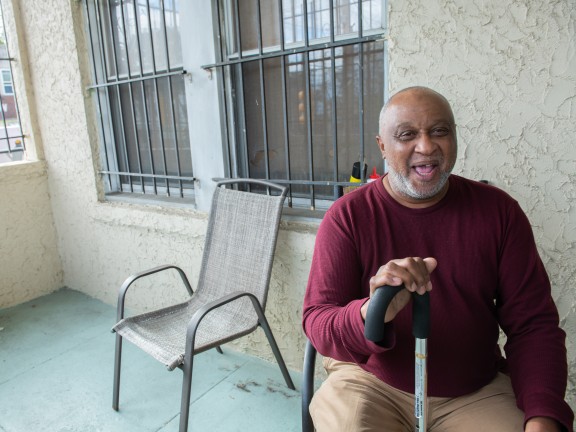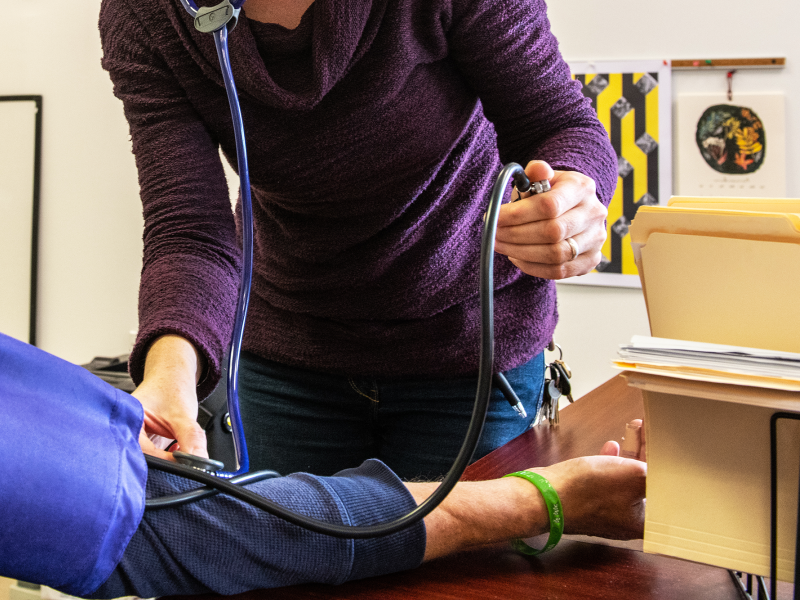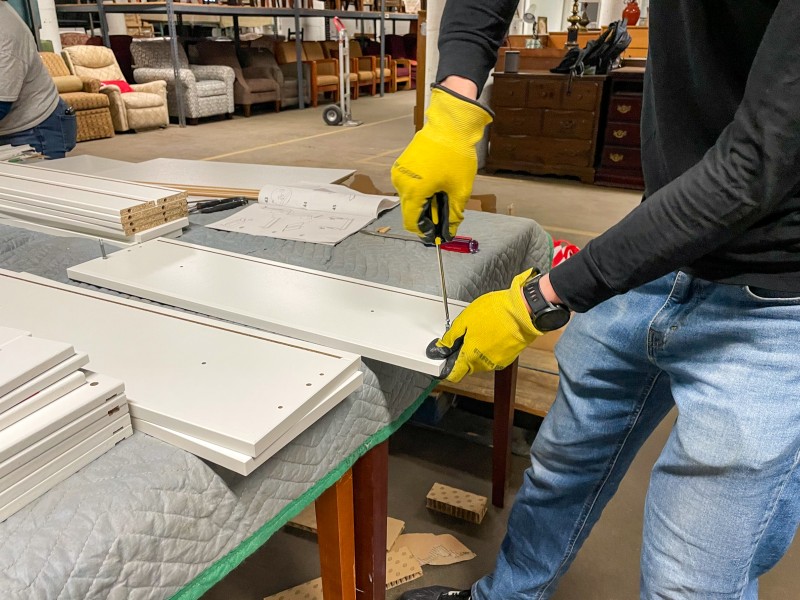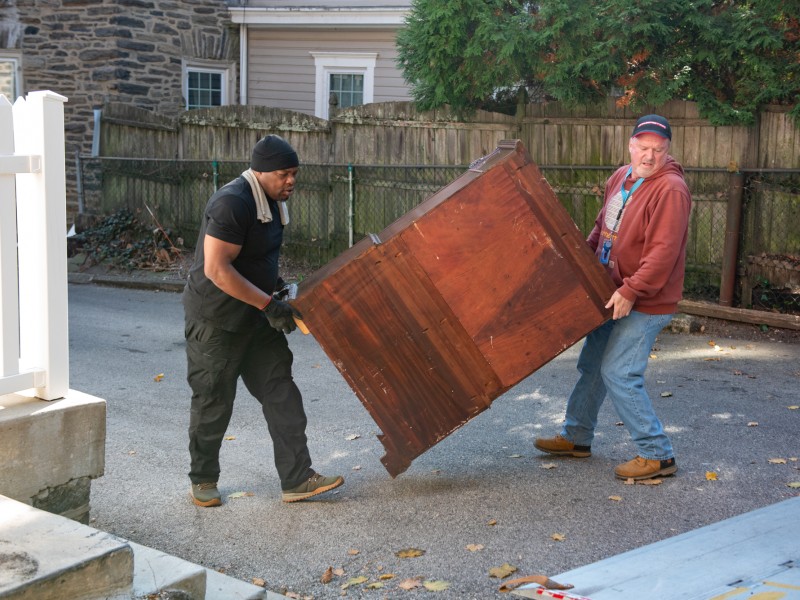Community Inclusion During a Global Pandemic

A few lifetimes ago, in July 2020, I facilitated a webinar entitled, “Community Inclusion During a Global Pandemic.” I pointed out that social isolation is not a new issue for the people we work with, and provided an overview of community inclusion, discussed creative ways to engage our participants, highlighted the need to develop and maintain the new skills acquired during the pandemic, and emphasized community inclusion as a medical intervention.
Whether you attended the training or you are new to this topic, I think everyone can acknowledge that the past year has been a whirlwind. It has not always been easy to meet the needs of those we serve in creative and compassionate ways. Sometimes our interventions work out well. Other times, we learn hard lessons about what needs to be adjusted, reimagined, or scrapped entirely as we pivot towards the desires of our program participants. At Pathways to Housing PA, we continue to creatively engage our participants to both maintain connections and build new ones in the community despite the challenges 2020 threw our way.
Choice and self-determination are at the core of what we do in the Community Inclusion & Advocacy department. We never want to do anything to or for our program participants. We do things with them. We require at least one program participant to express interest in an activity before we roll it out, and nothing we do is written in stone. Our department consistently reflects upon and reevaluates our work in an effort to prevent “zombie groups.” Zombie groups are the ones no one really wants to attend— the folks that started them are no longer connected, and/or participants and staff are just going through the motions.
In the spring of 2020, we made a big push for virtual groups. We wanted to utilize web conferencing and group calls to help people maintain connections. Some of our participants had already been attending Zoom groups with community recovery programs and were looking for more casual options to safely socialize. Our staff swiftly learned about how to organize virtual groups, problem solved issues around phone and internet access, and provided one-on-one lessons to teach participants how to use their new smartphones to access the Zoom app.
In implementing our virtual groups, we quickly found there was only a small overlap of people with both the desire to meet and the technology skills needed to access our groups. Our solution was to then lean into low-tech options, such as calling into a group without the video conferencing app or simply hosting a group call. This proved successful during the early days of the pandemic, but as the spring rolled on, it became apparent that the members of our groups sought real life interactions.
As attendance for the virtual groups dwindled in early summer, some social spaces in the community began to reopen. Our next pivot was to host small group outings with one or two participants and a staff member (outside, with everyone masked). We developed guidelines for safe community outings (based on information from the Center for Disease Control and the Philadelphia Health Department) and drafted a release form for participants to sign. We were also discerning in who we invited to engage in these activities. Previously our events were open to anyone who showed up, but we had to be more cautious and directed to keep everyone safe. Specifically, we sought program participants who were following or could be guided to follow public health protocols, individuals whose recovery was being impacted by a lack of social interaction, and those who understood the need to honestly report health symptoms or possible COVID-19 exposure.
Compared to our regular community inclusion efforts, there was a noticeable drop in attendance, but it was apparent that what we lost in quantity we gained in quality. During the summer, we facilitated small group interactions like ordering take-out from local restaurants and eating together outside, hosting a small cooking class in our office, taking walks in parks, and going to the zoo. We also coordinated a hybrid Tenant’s Meetings so participants could talk about their housing issues both in person and virtually, depending on their needs. As the summer wore on and infection rates began to climb again, we had to pull back from these gatherings.
While virtual groups were difficult for some to access on their own early in the pandemic, we learned that our participants were open to all kinds of events as long as someone was there to help them. By bringing people to the office, or meeting them in their homes with staff laptops and WiFi hotspots, we helped our participants start a book club, held multiple virtual birthday parties, and celebrated recovery anniversaries with video messages. We also assisted individuals with delivering testimony during a city council meeting on policing, discussing their opinions on criminal justice reform in town halls, sharing their recovery journey with federal agencies, attending online job fairs, participating in our city-wide homeless memorial, and celebrating the lives of friends lost during our agency’s annual memorial service.
Unfortunately, social isolation is not new to our participants. Our hope throughout the pandemic has been to maintain meaningful connections with the people in our program, and to proactively address loneliness while also encouraging safe physical distancing. During the pandemic, we have learned a lot about adaptation, and at the end of the day, that is what our work is all about. We are constantly finding new ways to meet our participants’ needs, assess how well we are doing, and improve as we move forward. Constantly returning to the drawing board is not easy, but it is far more rewarding than forcing participants to do something they are not interested in. We do not continue doing things just because that’s the way it has always been done. In 2020, we did a lot and learned a lot. Our hope is to take the skills we gained into a post-pandemic world—to remember what worked, and to improve upon it so our program participants can continue to engage in the community just like everyone else.


